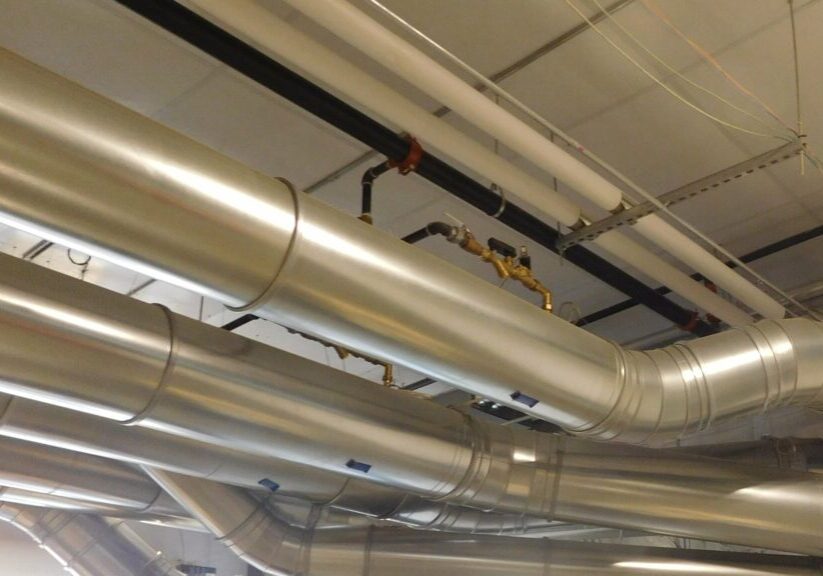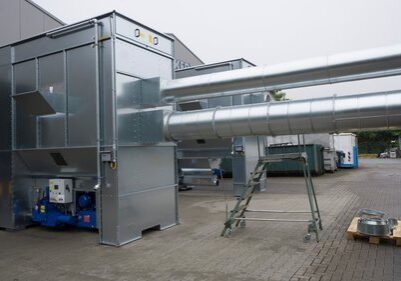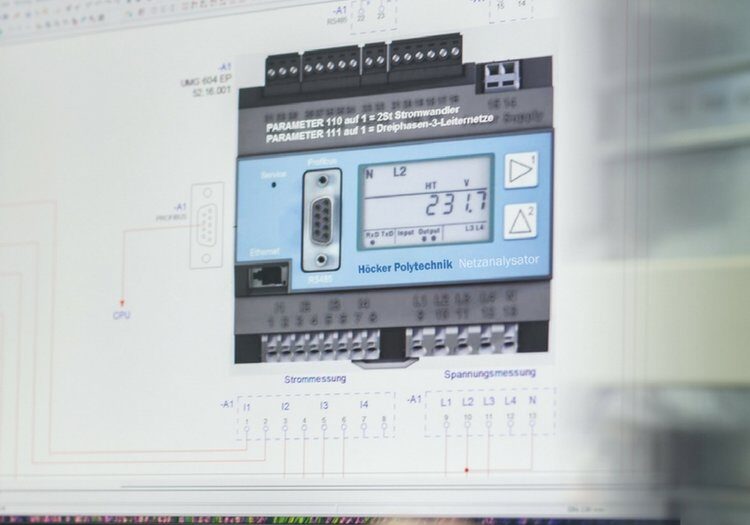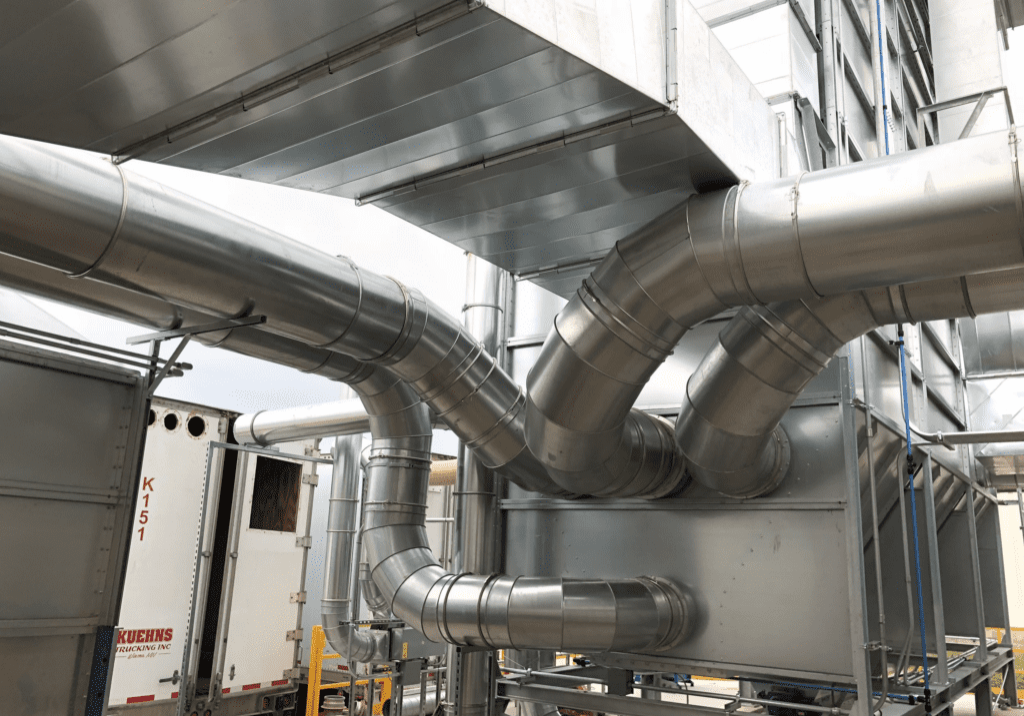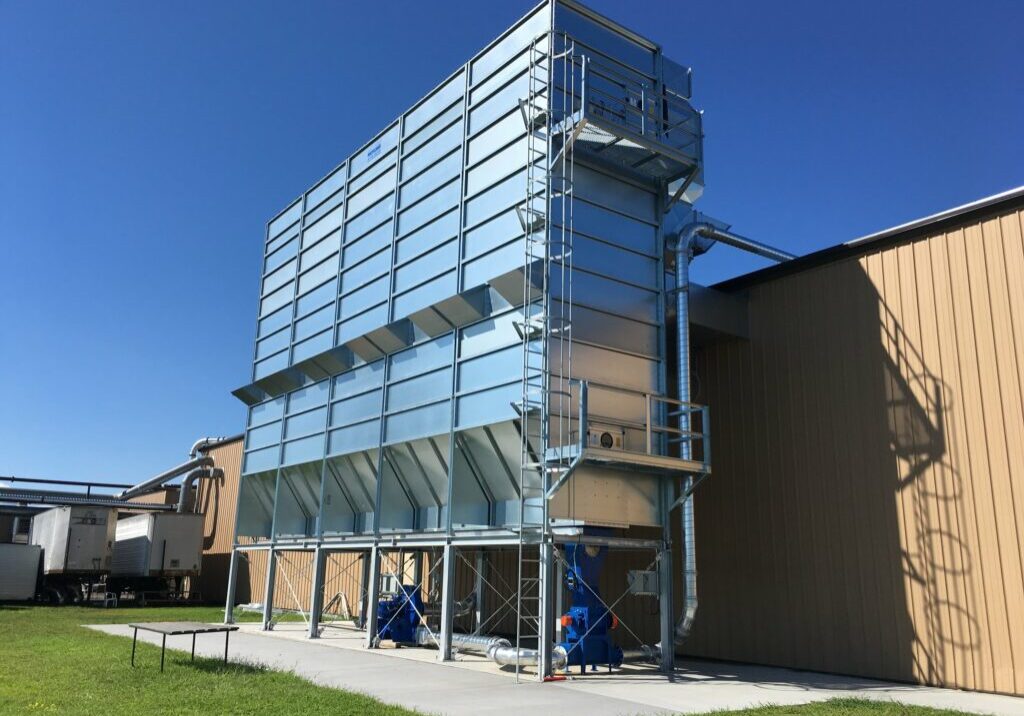Cubic feet per minute (CFM) is the key measure of airflow in your dust collection system. Accurate CFM calculations ensure the system captures and removes wood dust, without overloading equipment or causing inefficiencies. Engineers must account for variables such as manifold design, duct configuration, particle size, and static pressure to maximize performance.
While manufacturer specifications provide a baseline for air volume requirements, real-world factors like duct length, configuration, and static pressure often require adjustments. Precise CFM calculations should be tailored to the specific needs of each tool in your shop, ensuring optimal system efficiency.
Key Factors in CFM Calculation
- Tool Type and Dust Output
Different woodworking tools produce varying amounts of dust. Machines like table saws, CNC routers, planers, and sanders require tailored airflow to efficiently capture the specific dust they produce. - Duct Length and Configuration
The length and configuration of ducts significantly impact airflow. Longer ducts and those with multiple bends or elbows increase resistance and reduce system efficiency. Properly sized ducts and minimizing friction loss through fewer bends help maintain optimal airflow. - Static Pressure
Resistance in ducts, filters, and collectors creates static pressure, which reduces overall airflow. Calculating the total static pressure is critical to ensuring the fan has enough power to maintain optimal CFM. The greater the static pressure, the more powerful the fan must be to sustain airflow.
Dust Velocity Formula
For efficient dust transport, larger particles require airflow speeds between 4,000-4,500 feet per minute (FPM), while finer dust requires 3,500-4,000 FPM to remain airborne. Keeping dust suspended prevents it from settling in the ducts and causing clogs.
 Pro Tip: To ensure maximum dust collection efficiency, fine-tune your system by using the CFM formula:
Pro Tip: To ensure maximum dust collection efficiency, fine-tune your system by using the CFM formula:
CFM = FPM (velocity) × Area (sq. ft. of duct cross-section).
Remember, the key is balancing velocity and duct size. For fine dust, aim for 3,500-4,000 FPM; for larger particles, maintain 4,000-4,500 FPM. Adjust your fan power accordingly to account for static pressure and keep airflow smooth across the system.

![JB1_20171218_00084_preview[1] JB1_20171218_00084_preview[1]](https://hockeramerica.com/wp-content/uploads/bb-plugin/cache/JB1_20171218_00084_preview1-1024x576-landscape-058e06ffcab491e0754d8eabda55517c-.jpeg)
